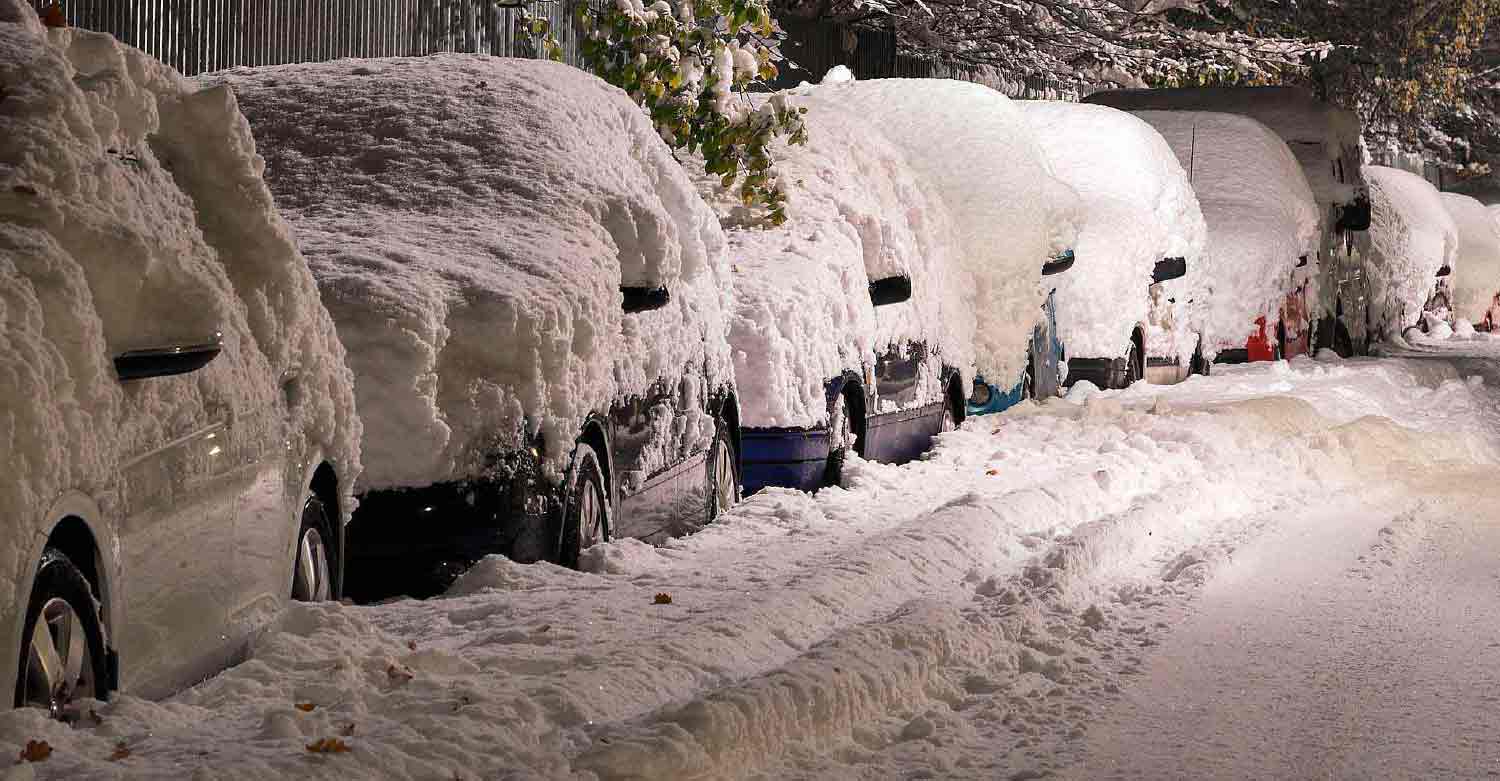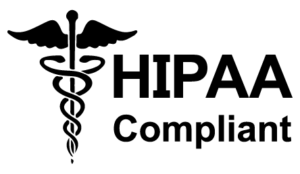
This last week’s weather has done a good job of reminding us that it is still winter here in the U.S. The Polar Vortex hit a number of states extremely hard. In parts of Minnesota the wind chill factor was as low as -65 degrees Fahrenheit. These were Arctic temperatures that most of us cannot even imagine. As the owner of a Home Health Care business whose job it is to care for the elderly and those in poor health it is important to plan for these unexpected conditions that nature can send our way. In this article, Centratel provides a few ideas to help ensure that your Home Health business is running through anything Mother Nature can throw at us.
When you think about disaster planning for your business, you likely think about large-scale disasters such as earthquakes, major storms, hurricanes, etc. However, preparation should include how to handle the smaller scale effects that can happen in your office or in a client’s residence, such as a fire or burst pipes, power or heating outages, or simply getting your care givers to your clients. Whether a disaster is large enough in scope that it affects your client’s well-being or is confined only to your business, failing to adequately prepare can mean losses for your business. Furthermore, in the case of a large-scale disaster, your clients may have additional need for your help and services. Disaster preparedness means you can take care of them.
The first step in disaster planning for your business is to identify likely disaster risks and the unique issues that may arise from them. For example, you might live in an area that is prone to earthquakes, forest fires or hurricanes, in the case of the Polar Vortex, it was the mid-West and North-East that got hit by severe cold weather. More generally, disaster planning has two main components: how to communicate with employees and how to continue serving customers. In all of these cases, the key is having multiple backup plans.
Employees need to have several different ways of contacting you in case of disaster. They should be trained as to how to react whether the disaster happens during the work day or after hours. A generator can ensure that you are able to maintain power. However, in some cases, it may not be possible to access your office. Servers as well as some equipment should be stored offsite.
There should also be phones located offsite. An answering service can help ensure that customers are able to reach you even if your phone lines are down locally. The service could also be used to help you communicate with employees, vendors, emergency first responders and others if necessary. Include the answering service in your disaster planning by liaising with the service to decide how it will relay messages between your clients and employees and help keep your office organized and functional.
Other things to consider are how you will communicate with emergency personnel and how you will prioritize tasks and client needs. Organizations such as FEMA provide a great deal of information that can help you make your disaster plan.
Although failing to plan for disaster can be costly, the Disaster Recovery Preparedness Council reports that nearly three-fourths of small- or medium-sized businesses throughout the world do not have a disaster plan in place. By making a disaster plan, you can be there for your customers and employees when other businesses are not.
